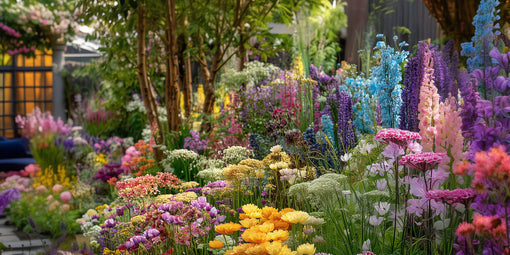
- Article published at:
Drawer menu

Discover your perfect flower bouquet with snapdragons at the bottom of this post..
You have most likely come across snapdragons at some point. These beautiful blooms are quickly becoming one of the most popular flowers on the market, and can be used in flower arrangements, including wedding flowers, as well as in any spring bouquet. These wild blooms transform a standard classic bouquet into a floral design statement.

Antirrhinum, also known as Snapdragons, is a genus of plants commonly known as dragon flowers due to the flower’s resemblance to the face and mouth of a dragon.
Antirrhinums are believed to be native to rocky areas of Europe, the United States, and North Africa.

Snapdragons are short-lived perennial plants which survive well in the colder seasons but are often replanted each spring and are, therefore, considered to be annual plants.
They prefer full or partial sunlight, and well-drained soil since their roots are susceptible to rotting. The antirrhinum comes in a range of heights from small (6-8 inches), medium (15-30 inches) and tall (30-48 inches). For commercial use, medium is the most popular size.


Our beautiful flower box Freja features tall, stunning, pink snapdragons.
The tall and elegant snapdragons, also known as Antirrhinums, have unquestionably earned their place as a floral favorite. These captivating blooms, resembling the faces of dragons, bring a touch of wild beauty to any bouquet or arrangement, transforming the ordinary into a statement of floral design.
Native to rocky areas of Europe, the United States, and North Africa, snapdragons are versatile, thriving in cooler seasons and available in various heights, with the medium size being particularly popular for commercial use.
However, their beauty comes with care considerations, as they prefer sunlight and well-drained soil. The fun facts about snapdragons add an extra layer of intrigue, from their susceptibility to ethylene gas to their edible nature, utilized in Russia to create oils and featured in certain dishes and drinks.
Symbolising strength and grace, snapdragons are more than just aesthetically pleasing; they carry a symbolic charm against falsehood. So, whether gracing wedding flowers or elevating a spring bouquet, snapdragons stand as a testament to the fascinating intersection of beauty, history, and symbolism in the world of flowers. Explore the beauty of snapdragons and discover your perfect floral statement.